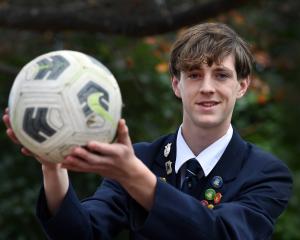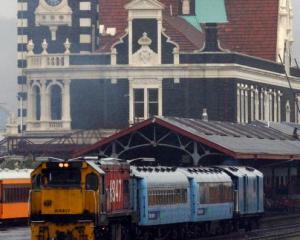
Hato Hone St John announced yesterday it would hold a public meeting in the Owaka St John Room, at 7pm on Monday, in an effort to discuss solutions and recruit volunteers.
St John coastal and rural Otago operations manager Doug Third said the situation could compromise care for patients both in the Catlins and more widely in South Otago.
‘‘A full complement of staff for Owaka would be 15. We have five active crew at present, and many of those are very long-serving.’’
The appeal was ‘‘important’’, but not intended to cause alarm.
‘‘We’re not threatening to close the ambulance station; we’ll keep trying to ensure there’s a service down there.
‘‘St John is about providing the right care to people at the right time, and it’s not sustainable for the current crew to continue doing that.
‘‘For some of the conditions we encounter, timing is critical.
‘‘So yes, if an ambulance has to come from outside the area, that could compromise outcomes for patients.’’
Ambulance availability could also be affected elsewhere, as Owaka provided cover for neighbouring Balclutha and surrounds.
Anyone who liked people and enjoyed contributing to their community could volunteer, as full professional training was given. No prior medical experience was necessary.
Rostering was more flexible than it used to be, and some financial compensation for training and shifts was available.
‘‘Every volunteer is valuable. People who can only do school hours, for example, or retired people who wish to do particular days.
‘‘It’s not a standard 12-hour shift nowadays, and you can be on-call from home or in [the] station.’’
He had spent 50 years in St John as both a volunteer and paid employee.
‘‘It becomes a calling, and can become a career if you want.
‘‘It’s not necessarily about ‘saving lives’, but about alleviating pain and suffering, and being there as a comfort during people’s worst moments.
‘‘There can be a lot of satisfaction in doing your bit for your community.’’












